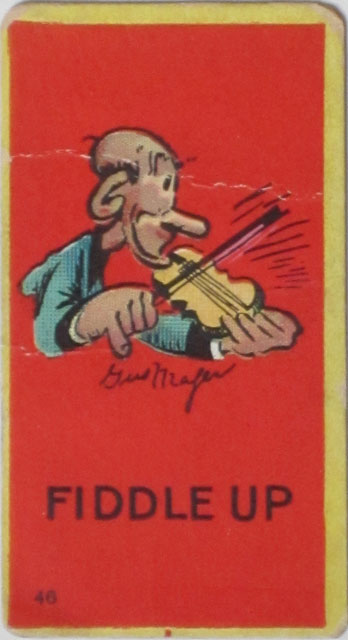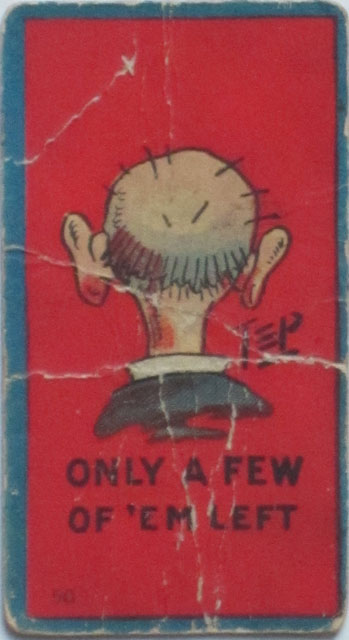On Feb. 25, 2011, Google released Panda to wreak havoc on the web. While it may have been designed to take out content farms, it also took out scores of quality e-commerce sites. What do content farms and e-commerce sites have in common? Lots of pages. Many with zero or very few links. And on e-commerce sites with hundreds or thousands of products, the product pages may have a low quantity of content, making them appear as duplicate, low quality, or shallow to the Panda, thus a target for massive devaluation.
My e-commerce site was hit by Panda, causing a 60% drop in traffic overnight. But I was able to escape after many months of testing content and design changes. In this post, I'll explain how we beat the Panda, and what you can do to get your site out if you've been hit.
The key to freeing your e-commerce site from Panda lies at the bottom of a post Google provided as guidance to Pandalized sites:
One other specific piece of guidance we've offered is that low-quality content on some parts of a website can impact the whole site?s rankings, and thus removing low quality pages, merging or improving the content of individual shallow pages into more useful pages, or moving low quality pages to a different domain could eventually help the rankings of your higher-quality content.
Panda doesn't like what it thinks are "low quality" pages, and that includes "shallow pages". Many larger e-commerce sites, and likely all of those that were hit by Panda, have a high number of product pages with either duplicate bits of descriptions or short descriptions, leading to the shallow pages label. In order to escape from the Panda devaluation, you'll need to do something about that. Here are a few possible solutions: 
Adding Content To Product Pages
If your site has a relatively small number of products, or if each product is unique enough to support entirely different descriptions and information, you may be able to thicken up the pages with unique, useful information. Product reviews can also serve the same purpose, but if your site is already hit by Panda you may not have the customers to leave enough reviews to make a difference. Additionally, some product types are such that customers are unlikely to leave reviews.
If you can add unique and useful information to each of your product pages, you should do so both to satisfy the Panda and your customers. It's a win-win.
Using Variations To Decrease Product Pages
Some e-commerce sites have large numbers of products with slight variations. For example, if you're selling t-shirts you may have one design in 5 different sizes and 10 different colors. If you've got 20 designs, you've got 1,000 unique products. However, it would be impossible to write 1,000 unique descriptions. At best, you'll be able to write one for each design, or a total of 20. If your e-commerce site is set up so that each of the product variations has a single page, Panda isn't going to like that. You've either got near 1,000 pages that look like duplicates, or you've got near 1,000 pages that look VERY shallow.
Many shopping carts allow for products to have variations, such that in the above situation you can have 20 product pages where a user can select size and color variations for each design. Switching to such a structure will probably cause the Panda to leave you alone and make shopping easier for your customers.
Removing Poor Performing Products 
If your products aren't sufficiently unique to add substantial content to each one, and they also don't lend themselves to consolidation through selectable variations, you might consider deleting any that haven't sold well historically. Panda doesn't like too many pages. So if you've got pages that have never produced income, it's time to remove them from your site.
Getting Rid of All Product Pages
This is a bold step, but the one we were forced to take in order to recover. A great many of our products are very similar. They're variations of each other. But due to the limitations of our shopping cart combined with shipping issues, where each variation had different shipping costs that couldn't be programed into the variations, it was the only viable choice we were left with.
In this option, you redesign your site so that products displayed on category pages are no longer clickable, removing links to all product pages. The information that was displayed on product pages gets moved to your category pages. Not only does this eliminate your product pages, which make up the vast majority of your site, but it also adds content to your category pages. Rather than having an "add to cart" or "buy now" button on the product page, it's integrated into the category page right next to the product.
Making this move reduced our page count by nearly 90%. Our category pages became thicker, and we no longer had any shallow pages. A side benefit of this method is that customers have to make fewer clicks to purchase a product. And if your customers tend to purchase multiple products with each order, they avoid having to go from category page to product page, back to the category page, and into another product page. They can simply purchase a number of products with single clicks.
Noindexing Product Pages
If you do get rid of all links to your product pages but your cart is still generating them, you'll want to add a "noindex, follow" tag to each of them. This can also be a solution for e-commerce sites where all traffic enters on category level pages rather than product pages. If you know your customers are searching for phrases that you target on your category pages, and not specifically searching for the products you sell, you can simply noindex all of your product pages with no loss in traffic.
If all of your products are in a specific folder, I'd recommend also disallowing that folder from Googlebot in your robots.txt file, and filing a removal request in Google Webmaster Tools, in order to make sure the pages are taken out of the index.
Other Considerations: Pagination & Search Results Pages
In addition to issues with singular product pages, your e-commerce site may have duplicate content issues or a very large number of similar pages in the index due to your on-site search and sorting features. Googlebot will fill in your search form and index your search results pages, potentially leading to thousands of similar pages in the index. Make sure your search results pages have a rel="noindex, follow" tag or a rel="canonical" tag to take care of this. Similarly, if your product pages have a variety of sorting options (price, best selling, etc.), you should make sure the rel="canonical" tag points to the default page as the canonical version. Otherwise, each product page may exist in Google's index in each variation.
Maxmoritz, a long time member of our SEO Community, has been working in SEO full time since 2005. He runs a variety of sites, including Hungry Piranha, where he blogs regularly.
Source: http://www.seobook.com/how-free-your-e-commerce-site-googles-panda
use seo seo tools seo tool land seo leaders online traffic mystic
Walang komento:
Mag-post ng isang Komento